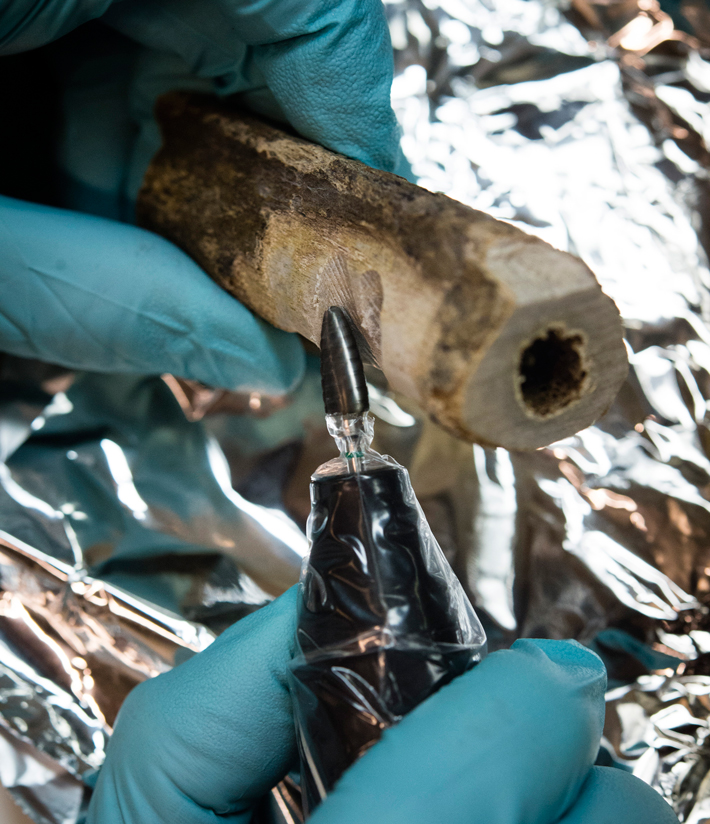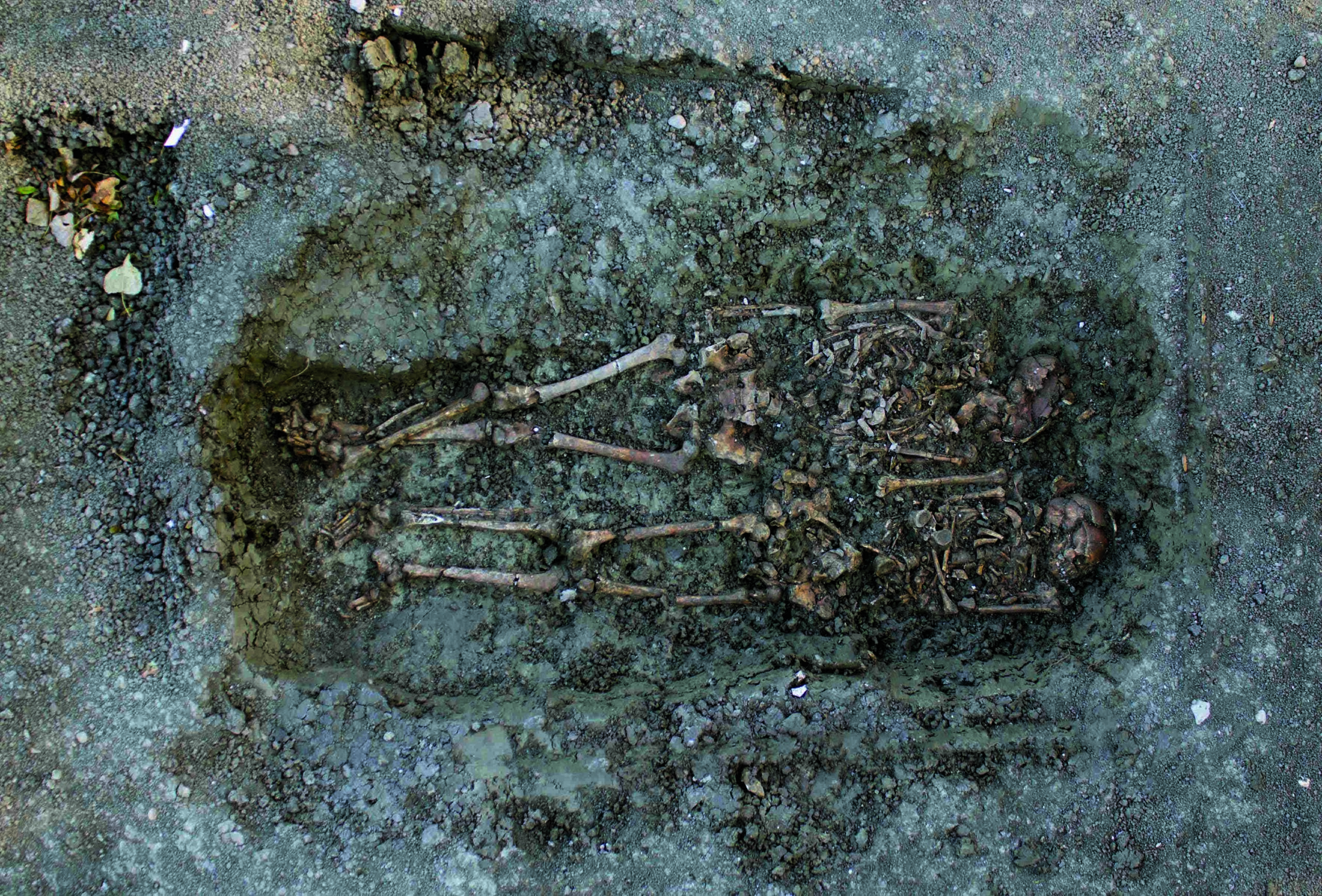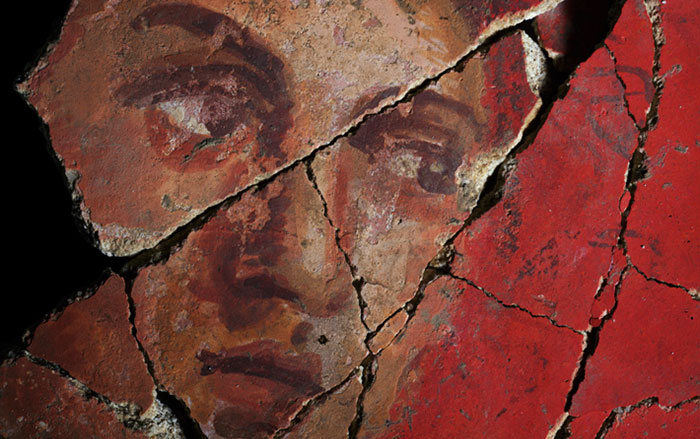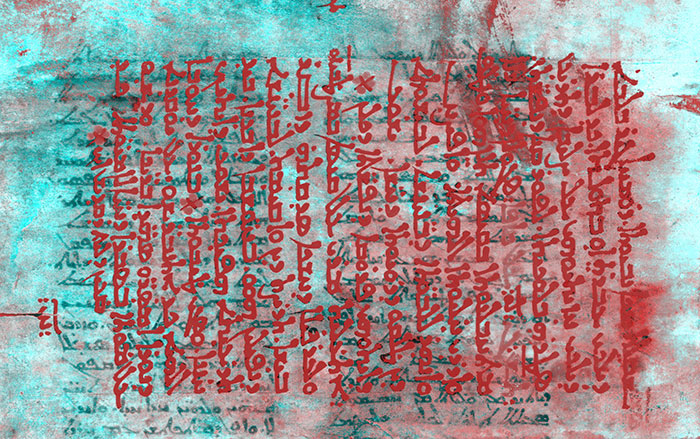
Researchers have extracted and characterized viral DNA from decades-old human bones for the first time—and used it to help determine the surprising origins of several long-lost casualties of war. The bones, which belonged to 106 soldiers killed in World War II, were retrieved over the past two decades from the forests of Karelia, in present-day Russia. The researchers found DNA of parvovirus, a common childhood affliction, in the remains of nearly half the soldiers.
The bones included in the study are thought to have all belonged to Finns, but the type of parvovirus found in the bones of two of the soldiers has never been known to occur in northern Europe. A closer look at these soldiers’ own genetic material revealed sequences that tend to be found in parts of Asia and areas to the south, suggesting that the soldiers were part of the Soviet Red Army. “This shows that viral genetic sequences—in addition to human genetic sequences—can be used as a geographical fingerprint,” says Klaus Hedman, a clinical virologist at the University of Helsinki, “providing a means of identifying people’s origins.”











